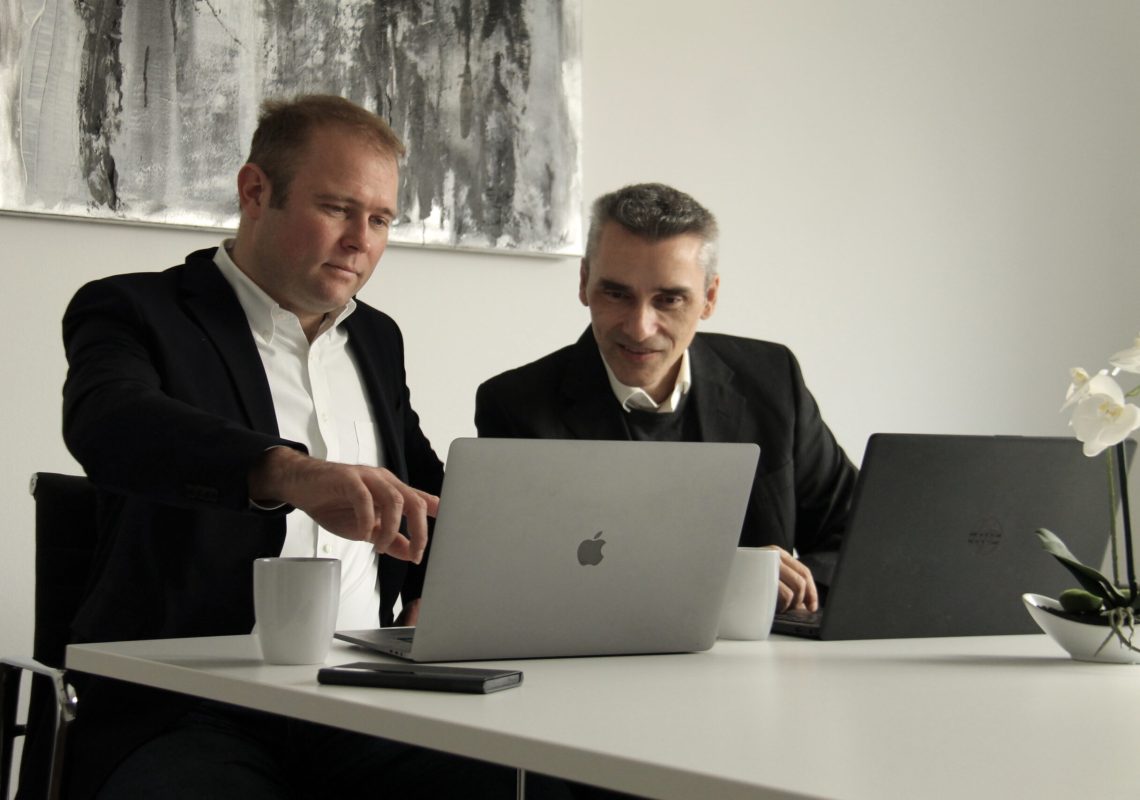User experience (UX) and user interface (UI) design play pivotal roles in the success of businesses operating in both Business-to-Business (B2B) and Business-to-Consumer (B2C) environments. While conversion is a crucial milestone, retention is equally important for sustained growth and profitability. This article explores the nuanced goals of UX/UI design from conversion to retention in both B2B and B2C scenarios, highlighting strategies for achieving success at every stage.
Conversion Stage:
In both B2B and B2C environments, the primary goal at the conversion stage is to guide users towards taking the desired action, whether it’s making a purchase, signing up for a service, or requesting more information. To achieve this, the UX/UI design should focus on:
- Clear Call-to-Actions (CTAs): CTAs should be prominently displayed and intuitively designed to prompt users to take action without confusion.
- Streamlined User Flow: The user journey from landing page to conversion should be seamless, eliminating any unnecessary steps or distractions that could derail the process.
- Persuasive Visuals and Messaging: Compelling visuals and persuasive copywriting should be used to communicate the value proposition and encourage users to act.
- Trust and Credibility: Building trust through trust signals such as testimonials, reviews, and security badges can help alleviate user concerns and boost conversion rates.
B2B-Specific Considerations:
In B2B environments, the conversion process is often more complex and involves multiple stakeholders. Therefore, the UX/UI design should also address:
- Information Accessibility: Providing easy access to detailed product/service information, pricing, and case studies is crucial for B2B buyers who require comprehensive information to make informed decisions.
- Personalization: Tailoring the user experience based on the industry, role, or specific needs of the B2B buyer can enhance relevance and effectiveness.
- Integration with CRM Systems: Seamless integration with Customer Relationship Management (CRM) systems allows for better tracking and nurturing of leads, facilitating smoother conversions.
Retention Stage:
Once a user has converted, the focus shifts to retaining them and fostering long-term engagement and loyalty. In both B2B and B2C environments, retention-focused UX/UI design strategies include:
- Personalized Experiences: Leveraging user data to deliver personalized recommendations, content, and offers can enhance user engagement and satisfaction.
- Seamless Onboarding: A smooth onboarding process ensures that users can quickly derive value from the product or service, reducing the likelihood of churn.
- Proactive Support: Providing accessible support channels and proactive assistance can help address user concerns and prevent dissatisfaction.
- Gamification and Rewards: Introducing gamification elements and loyalty rewards can incentivize continued usage and foster a sense of belonging.
B2B-Specific Considerations:
In B2B settings, retention efforts often involve ongoing relationship-building and support. Additional strategies may include:
- Account Management: Dedicated account management and support teams can provide personalized assistance and nurture long-term relationships with B2B clients.
- Training and Education: Offering training resources, webinars, and workshops can help B2B users maximize the value of the product or service, increasing satisfaction and retention.
- Feedback Loops: Actively soliciting feedback from B2B clients and incorporating it into product/service improvements demonstrates a commitment to their success and satisfaction.
Conclusion:
In both B2B and B2C environments, the journey from conversion to retention requires careful attention to UX/UI design principles tailored to the specific needs and behaviors of the target audience. By prioritizing clarity, usability, personalization, and ongoing support, businesses can not only drive conversions but also foster long-term loyalty and advocacy, ultimately maximizing their success in the marketplace.




